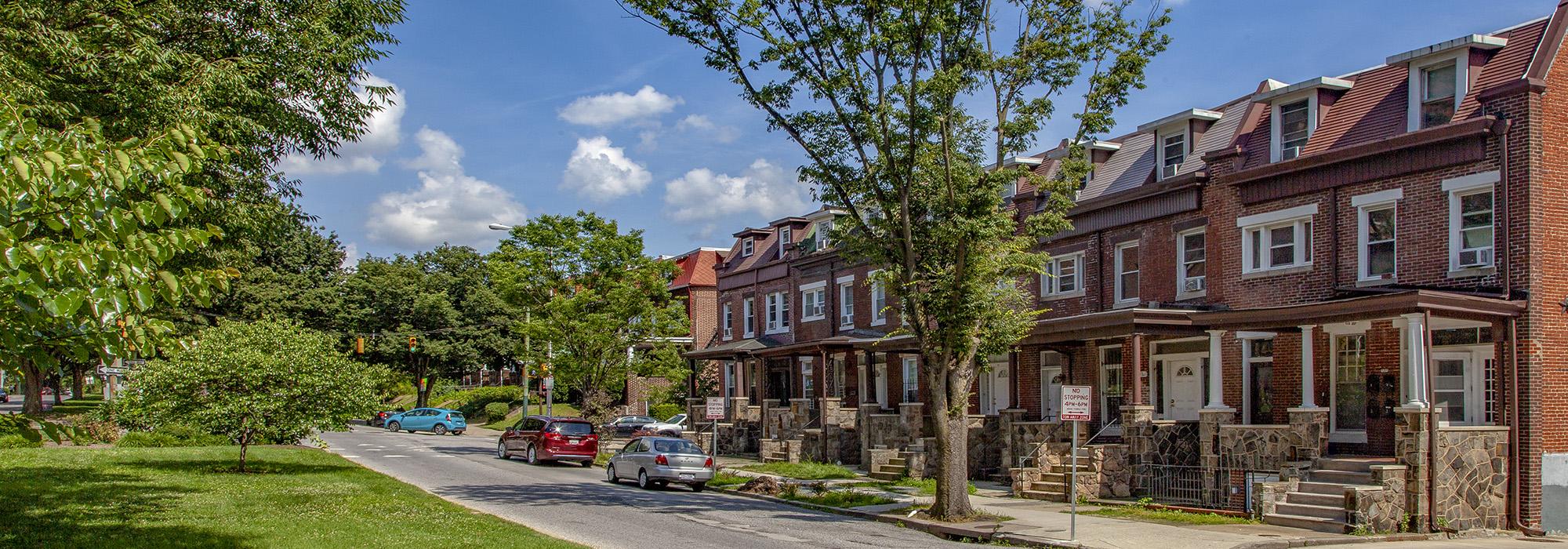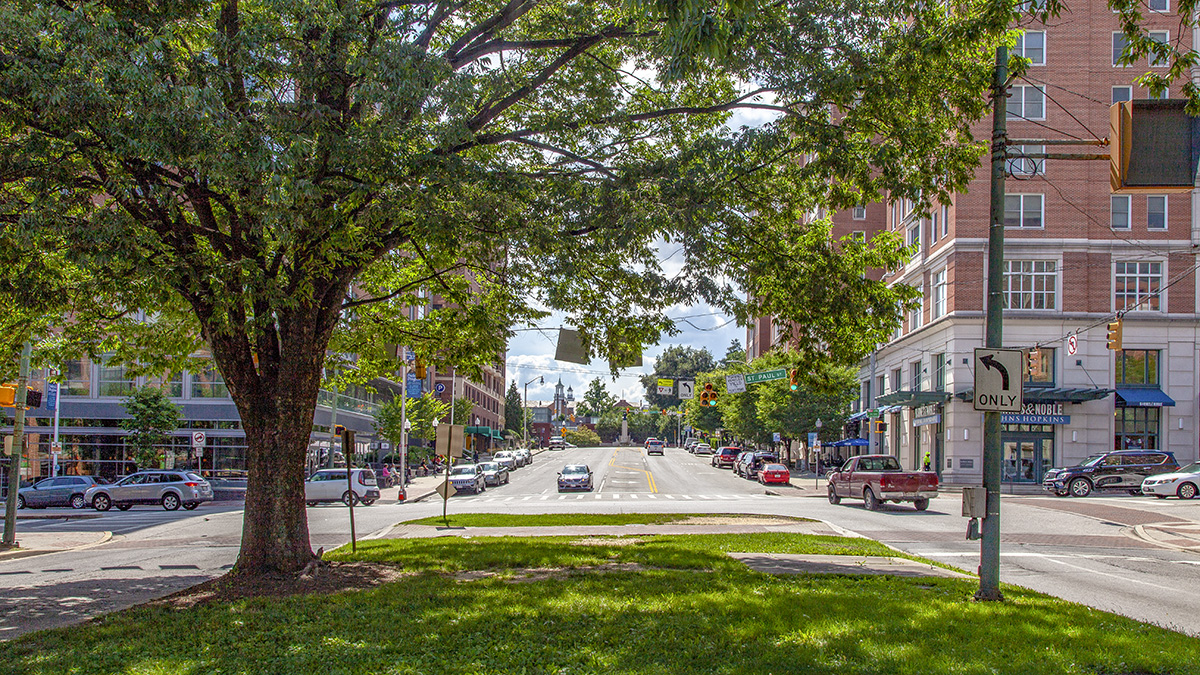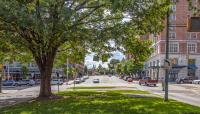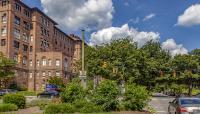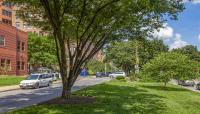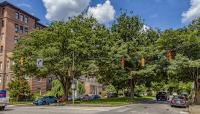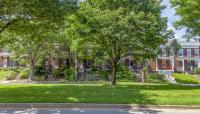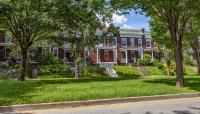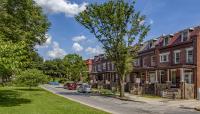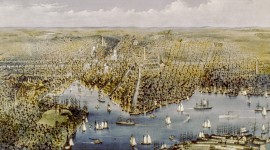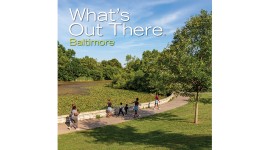Landscape Information
One of the major recommendations in the Olmsted Brothers’ 1904 comprehensive plan for Baltimore was the creation of several parkways along the city’s outskirts, serving, in effect, as linear extensions of Baltimore’s large public parks. This parkway was originally envisioned to run the course of 30th Street, but that corridor had already developed significantly by the time the plan was implemented, so the project was shifted several blocks north. In 1907 Major Richard Venable, president of the Baltimore Park Board, purchased land along what is now 33rd Street, which was then part of the 27-acre Hollywood estate, the home of Henry and Kate Taylor. Venable donated the land to the city for the parkway’s construction, which began in 1911. The roads were paved by 1914 and the plantings were complete by 1916. The parkway covers more than eighteen blocks in north Baltimore, extending westward in a straight line from Montebello Park to the Johns Hopkins University campus near Wyman Park. The parkway was built in conjunction with the Alameda (another Olmsted Brothers parkway), which was added as a winding spur that linked the former to Clifton Park several blocks to the south. Within the 120-foot-wide right-of-way, a central, grassy median is flanked on both sides by two automobile lanes, which are in turn bordered by sidewalks. The median is planted with large canopy trees, including elms, maples and zelkovas. The boulevard’s attractive scenery soon incited further development along its route, and today it intersects or abuts numerous neighborhoods, passing, for much of its course, row houses with generous setbacks and elevated front porches.



